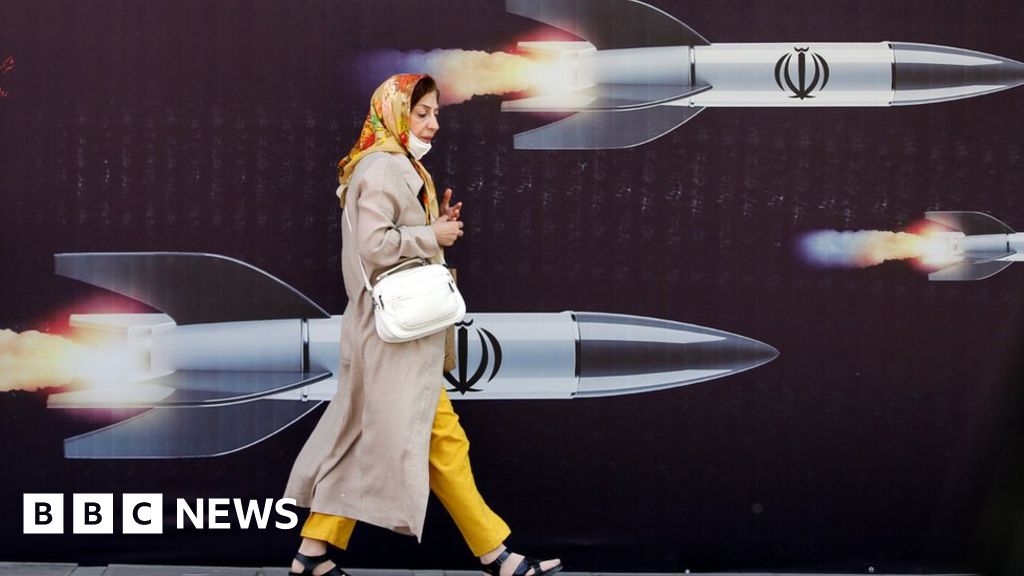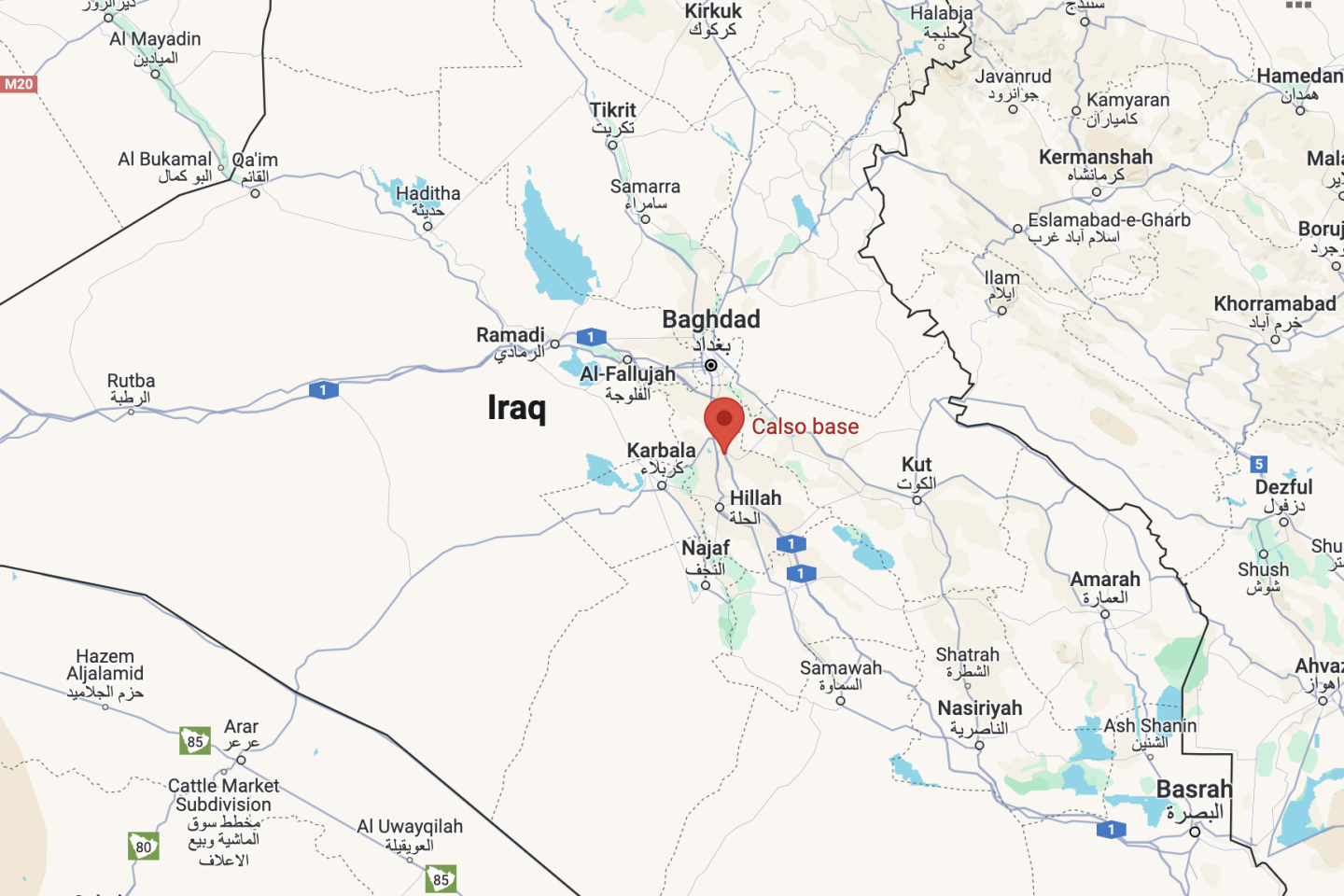Officials said on Sunday that the derailment in eastern India, which killed 275 people and injured hundreds, was caused by a fault in an electronic signaling system that led a train to wrongly change course and collide with a freight train.
Authorities have worked to clear the wreckage of two passenger trains that derailed on Friday night in Balasore district of Odisha state in one of the country’s deadliest railway disasters in decades.
A statement from the Odisha government revised the death toll to 275 after a senior government official put the number at more than 300 on Sunday morning. The officer spoke on condition of anonymity because he was not authorized to speak to reporters.
Jaya Verma Sinha, a senior railway official, said initial investigations revealed that the high-speed Coromandel Express had been signaled to run on the main track line, but the signal was later changed and instead the train entered an adjacent loop line where it collided with a cargo loaded with iron ore.
It said the collision turned the Coromandel Express coaches into another lane, causing the Yesvantpur-Howrah Express coming from the other side to derail.
It added that the passenger trains, carrying 2,296 passengers, did not have excessive speeds. Freight-carrying trains are often parked on an adjacent loop line so that the main line is clear of the passing train.
Verma said the root cause of the crash was related to a fault in the electronic signaling system. She said a detailed investigation would reveal whether the error was human or technical.
The electronic locking system is a safety mechanism designed to prevent conflicting movements between trains. It also monitors the status of signals that tell drivers how close they are to the next train, how fast they can go and whether there are stationary trains on the track.
“The system is 99.9% error-free. There is always a 0.1% chance of an error occurring,” Verma said. Asked if the incident could be a case of sabotage, she said, “Nothing is ruled out.”
On Sunday a few wrecked carriages, mangled and overturned, were the only vestiges of the tragedy. Railroad workers toiled under the sun to lay cement blocks to repair broken tracks. A crew with excavators was removing mud and debris to clear the crash site.
In a hospital 15 kilometers (9 miles) from the site, survivors spoke of the horror of the moment of the crash.
Inder Mahato, the warehouse worker, did not recall the exact sequence of events, but said he heard a loud bang when the Coromandel Express collided with the freight. The collision causes Mahato, who was in the bathroom, to lose consciousness briefly.
Moments later when he opened his eyes, he saw through the door he had forced open people writhing in pain, many of whom were already dead. Others were frantically trying to get out of the twisted wreckage of his car.
For hours, Mahato, 37, was stuck in the bathroom of the train, before rescuers expanded the wreckage and pulled him out.
“God saved me,” he said, lying on a hospital bed recovering from a hairline fracture in his sternum. “I am very lucky to be alive.”
Mahato’s friends weren’t so lucky. He said four of them died in the accident.
Meanwhile, many desperate relatives were struggling to identify the bodies of their loved ones due to the gruesomeness of the injuries. A few others were checking hospitals to see if their relatives were alive.
In the same hospital where Mahato was recovering from his injuries, a dazed Bulti Khatun wandered out of the building holding the identity card of her husband who had boarded the Coromandel Express and traveled to the southern city of Chennai.
Khatun said she visited the morgue and other hospitals to look for him, but was unable to find him.
“I am so helpless,” she said, crying.
Fifteen bodies were recovered Saturday night, and efforts continued through the night with heavy cranes being used to remove an engine that had lodged on top of a train car. Sudhanshu Sarangi, Director General of Odisha Fire and Emergency Services, said no bodies were found in the engine and the work ended on Sunday morning.
The accident happened at a time when Prime Minister Narendra Modi was focusing on modernizing Britain’s railway network in colonial times in India, which has become the world’s most populous country with a population of 1.42 billion. Despite government efforts to improve safetySeveral hundred accidents occur every year on the railways in Indiathe largest train network under one management in the world.
Modi visited the crash site on Saturday and spoke to rescue officials. He also visited a hospital to inquire about the injured, and spoke with some of them.
Modi told reporters that he felt the pain of the accident victims. He said the government would do everything possible to help them and severely punish anyone found responsible.
In 1995, two trains collided near New Delhi, killing 358 people in one of India’s worst rail accidents. In 2016, a passenger train derailed between the cities of Indore and Patna, killing 146 people.
Most of these accidents in India are blamed on human error or outdated transmission equipment.
About 22 million people ride 14,000 trains across India each day, traveling on 64,000 km (40,000 mi) of track.
___
Saliq and Sharma reported from New Delhi.
___
This story corrects the death toll given in a government statement.

“Beer buff. Devoted pop culture scholar. Coffee ninja. Evil zombie fan. Organizer.”







More Stories
Iran and Israel: A sigh of relief in the Middle East
House Democrats are helping Johnson avoid defeat on foreign aid bills, despite GOP defections
House GOP aid bills for Israel, Ukraine and Taiwan advance — with help from Democrats